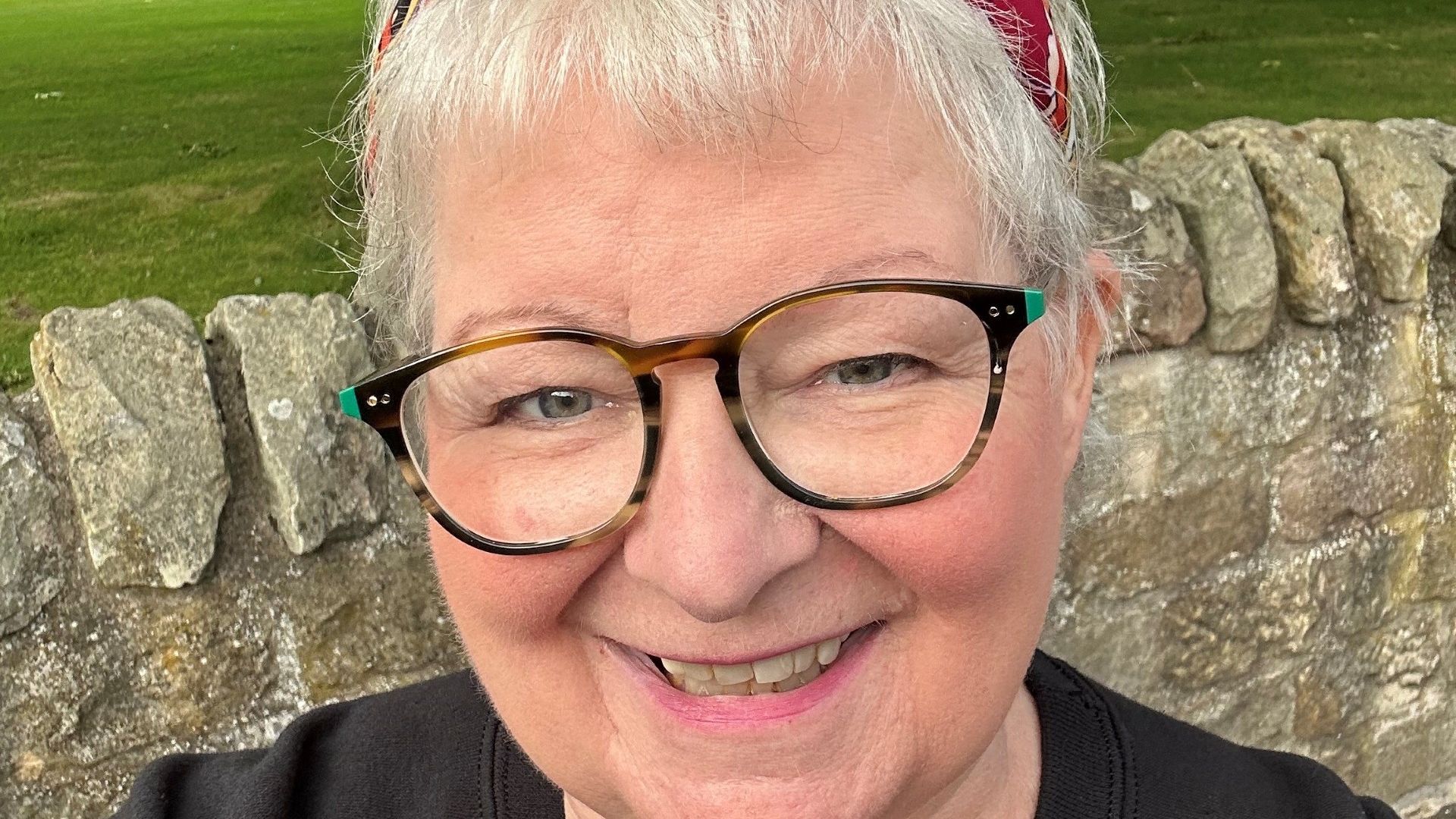Tealium launched back in 2011 and built one of the earliest customer data platforms (CDP) a couple of years later. The company has concentrated on collecting data in highly regulated industries, and today it introduced a new component to help with the compliance side of data usage.
Tealium CMO Heidi Bullock says as a company that has built a CDP with a focus on companies in industries like healthcare and financial services, it’s particularly important to have compliant solutions.
“We have really focused on being trusted and doubling down in industries where we know that’s really important to them, especially making sure that customer data is handled in a really compliant way,” Bullock told TechCrunch.
With the end of cookies driving data preferences, the company recognized that their customers would need a tool to help collect data usage preferences across channels in an automated way, and to help do that they have introduced a multi-pronged approach starting with a consent framework.
“We have [built] a consent framework, which is really important because that helps companies collect consent, and ensures that they have the right architecture in place to do that,” she said. It’s critical to have this consent tooling that crosses channels because if you’re missing something, it introduces a lot of risk, she explained.
And to help customers ensure they are collecting consent, they have also built an automated consent orchestration tool. “The second thing that we’re helping with…is the ability to orchestrate consent, meaning we’re helping them do this in an automated way. So currently the way a lot of companies might work is [collecting consent manually], and with any manual approach, people can forget to do it,” she said.
As an example, if someone opts out of receiving texts, Tealium can shut down data collection from that channel to comply with the request, says Matt Parisi, director of product at Tealium.
“So when someone opts out of a particular channel where they might be engaging with a company, we can turn off the data collection at the tap versus if you didn’t have a solution like Tealium in place, it would be more of a manual process where you’d have to go to channel-by-channel and kind of figure out how you’re going to delete that individual person’s data,” Parisi explained.
They are also partnering with third parties to help build a more comprehensive picture of the customer using data from partners with the idea being that the more data you have, the better you can understand your customers.
“Our identity partner ecosystem basically allows our customers to combine our solution, which has a very safe, privacy-centric core, and plug in additional intelligence where it’s needed for things like advertising, or to extend your reach if you’re marketing something,” he said.
The CDP is a centralized place for collecting and storing customer data from multiple sources, whether web, mobile, email, social, and so forth. The goal is to build a complete picture of the customer and use the data you know about your customers to deliver more customized experiences. Companies like Adobe, Salesforce and Segment (which Twilio acquired in 2019 for $3.2 billion) have built competing platforms.
Tealium was founded in 2011 and has raised over $263 million along the way, per Crunchbase data. Its most recent raise was a $96 million Series G last year that valued the company at $1.2 billion, up from $850 million in 2019.
Tealium’s new compliance tool helps ensure consumer data preferences get implemented by Ron Miller originally published on TechCrunch










